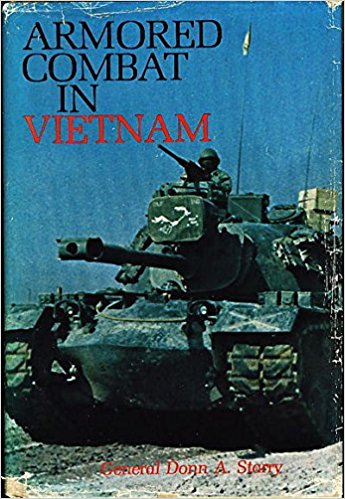
The second oldest article in this box I was about to throw away is called “Extending the Battlefield” by General Donn A. Starry, US Army. It is dated March 1981 from the Military Review. It is 20 pages long.
Its primary focus is on deep strike. It states 1) First, deep strike is not a luxury; it is an absolute necessity to winning, 2) Second, deep strike, particular in an environment of scarce acquisition and strike assets, must be tightly coordinated over time with the decisive close-in battle…3) Third, it is important to consider now the number of systems entering the force in the near and middle-term future….4) Finally, the concept is designed to be the unifying idea which pulled all these emerging capabilities together so that, together, they can allow us to realize their full combined potential for winning.
This was an approach specifically oriented towards engaging the Soviet second echelon. I was never much of a fan of deep strike, as I sort of felt you probably wanted to engage the first echelon first….and could worry about the second echelon later. A reading of my Kursk book (in case you have the time) clearly shows the limitations of the Soviet two-echelon system of fighting. It did tend to lead to piecemeal attacks.
I met General Starry once. My father worked for him in the Pentagon and during a family visit during the Christmas party, he came down to say Merry Christmas to all the people working in the basement of the building. I happened to be there, and was applying to West Point (U.S. Military Academy) at the time. He sat down and had a half-hour talk with me about why someone should or should not attend West Point. It was nice gesture on his part.
I guess I will keep this article also.
